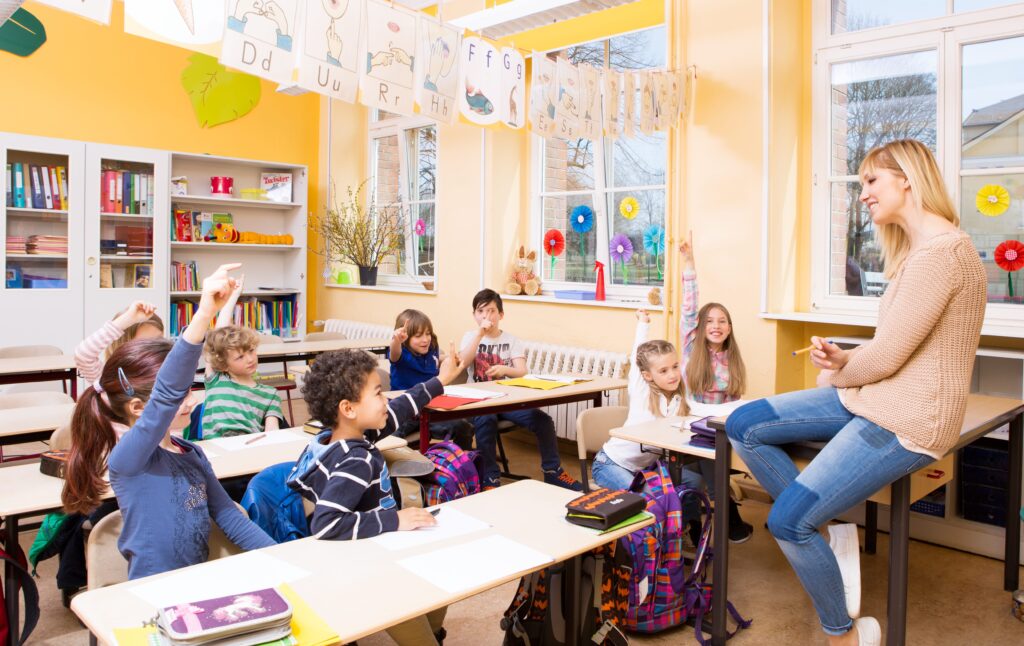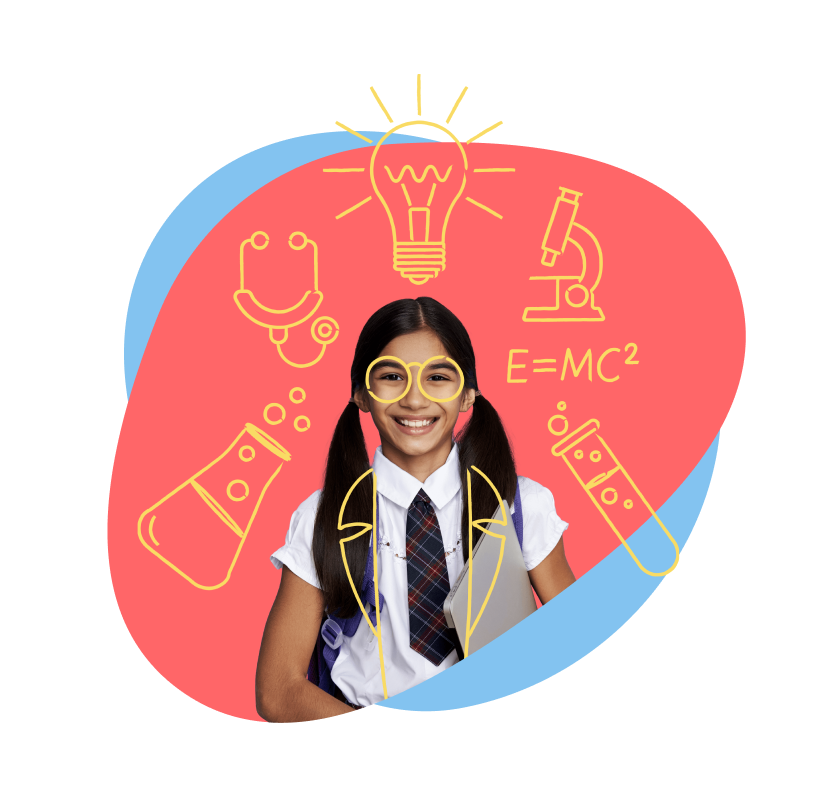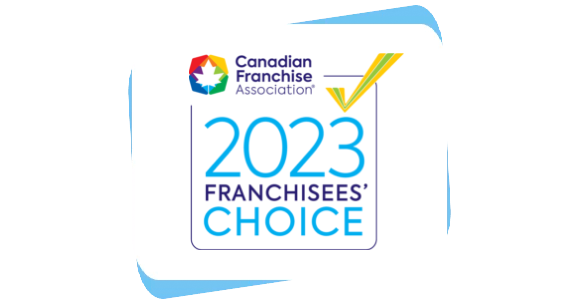There’s no arguing that technology has had a dramatic effect on education. Every day, educators are finding new ways to use technology in the classroom to engage students in the learning process. This model is known as blended learning.
Education is just as important outside of the classroom as it is inside. Blended learning gives students and teachers the chance to extend learning beyond the classroom. It also gives students more flexibility in how they learn and engage with their schoolwork.
What is Blended Learning?
The blended learning model uses a combination of workstation rotation, in-class lectures, discussion boards, online quizzes and other online learning methods to create a dynamic learning experience.
At first glance, blended learning classrooms can look very different from traditional classrooms. Blended learning allows students complete some lessons online and saves more interactive elements—like lessons, practice drills, and class projects—for supervision.
However, the goal of blended learning is the same as any traditional classroom: to provide students with the tools they need to learn effectively. There are five main methods teachers can use to incorporate blended learning in the classroom.
5 Blended Learning Models
The Flipped Classroom Model
One of the most popular models, the Flipped Classroom uses online lesson material that students can complete outside of class. Class time is used for interactive work, like Q&A, practice drills, and group projects, where teacher supervision is key to success.
The Flex Model
This model increases the student’s control over his or her learning with customized schedules for online and in-class work. Students can move through a number of activities online and in class at their own pace with face-to-face support from instructors.
The Enriched Virtual Model
The Enriched Virtual Model is similar to the Flex Model. However, it is slightly more structured, with all students completing the same course work schedule. This approach moves uses a mix of online modules and in-class materials to assist students in the learning process.
The Station Rotation Model
This model allows students to move from station to station, with each providing a different learning experience. Students will have at least one online module, and the rotation is usually time-based and task-oriented.
The Individual Rotation Model
This rotation model allows students to cycle through online and in class modules on a schedule unique to them. They may spend more time on certain stations, or completely bypass others. The goal is to customize a child’s learning experience without a teacher having to be completely hands on.
Is Blended Learning Effective?
Blended learning can actually benefit both students and teachers. For students, blended learning can teach more effectively by using different methods to keep them engaged. For teachers, this method allows them to be more active in their students’ learning process, both inside the classroom and online.
Benefits of the blended learning approach
- It engages students
- Teachers aren’t stretched as thinly
- Students have access to multiple learning styles
- It reduces student stress
- It provides measurable data
Blended learning is student driven, so the pace of learning is set by the student. It also gives students more interactive ways to learn the material. This engagement and flexibility can be a major help to students who may otherwise struggle.
Blended learning engages students with each other and online material to help with the learning process. This allows teachers more time to check in with each student as he or she is learning and give attention to those who need some extra help.
Not every learning style works for every child. Blended learning allows students to learn at their own pace and discover new methods of learning that work for them.
When students feel like they have more control over their education, they have more confidence about their education. As a result, they are less likely to have negative feelings toward school, leading to increased motivation and engagement.
Online sessions provide measurable data about students. How long is each student taking to complete each section? Is the student struggling in any areas? Does the student need additional help from his or her teacher? All of these factors introduce opportunities for additional teacher interaction with students.
Encouraging Blended Learning In Classrooms
Traditional classroom learning will always provide educational benefits. But moving toward more blended learning models can help engage students even more, so they can develop even further. With more opportunities to integrate technology in the classroom, it’s important to think about how we can use new tools to enhance students’ learning experience.







